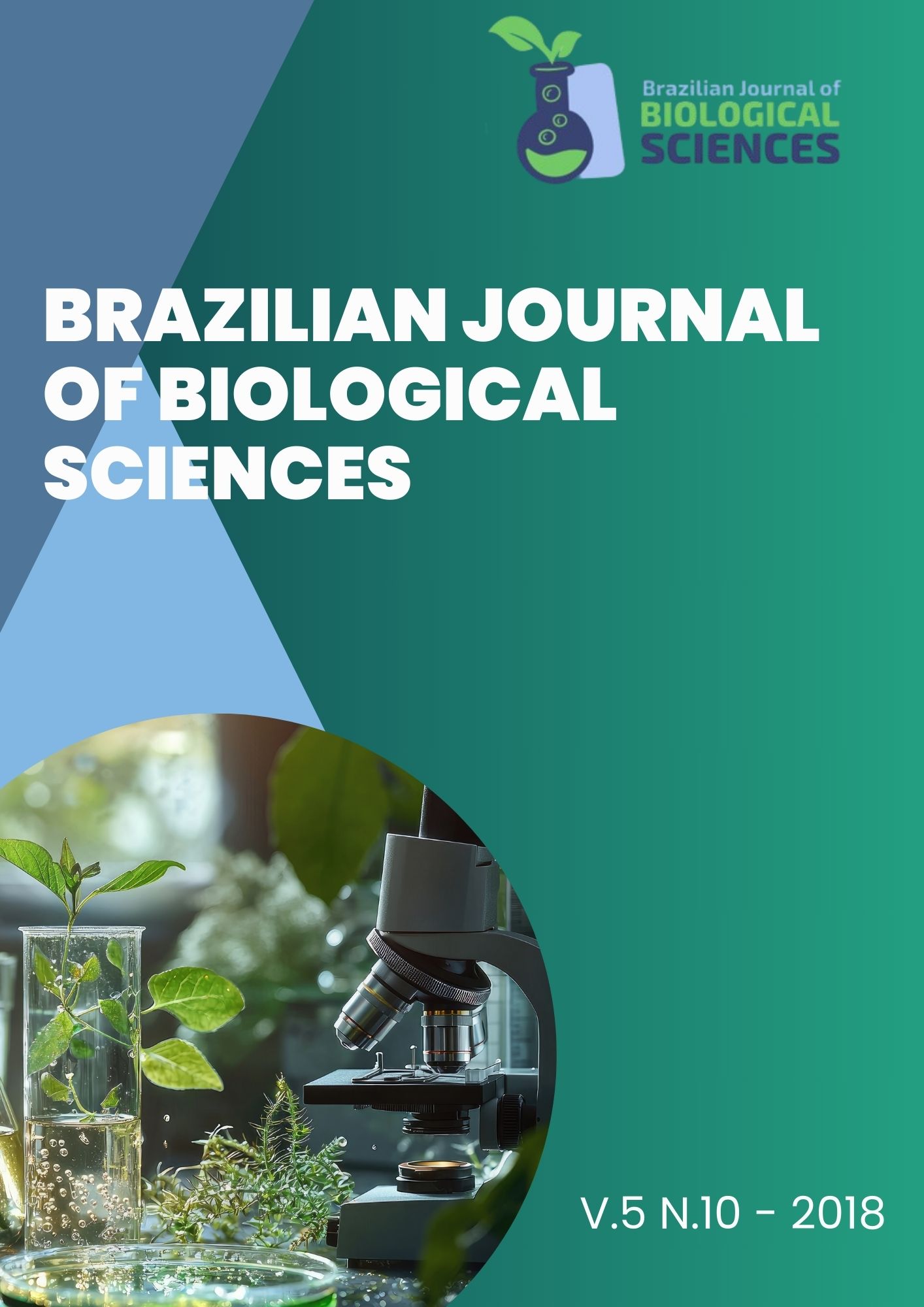Molecular Era of the Forensic Science
Yorran Hardman A. Montenegro, Stephanie Evelyn França Guimarães, Estefany Gabriela Luiz de Araújo, Rosália Santos Ferreira, Ellen Rachel de Almeida Martins, Maria Karoline da Silva Marcelino, Denise de Queiroga Nascimento, Geilza Carla de Lima Silva
e299
Forensic science is an interdisciplinary area that is intimately related between the fields of physics, biology, chemistry, mathematics and forensic opportunity sciences, with the aim of supporting criminal investigations and civil justice. Forensic Entomology enters as the most promising and...





